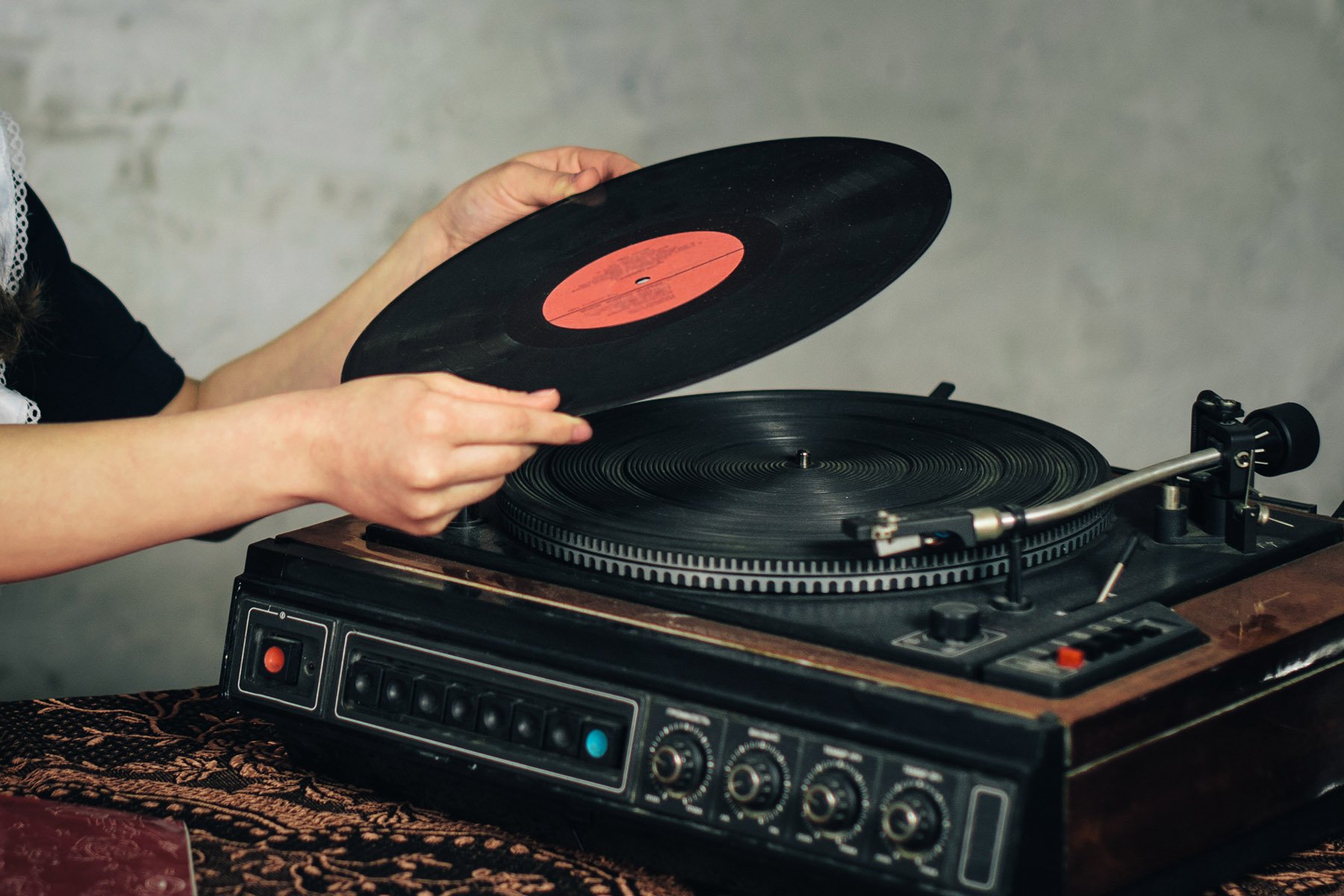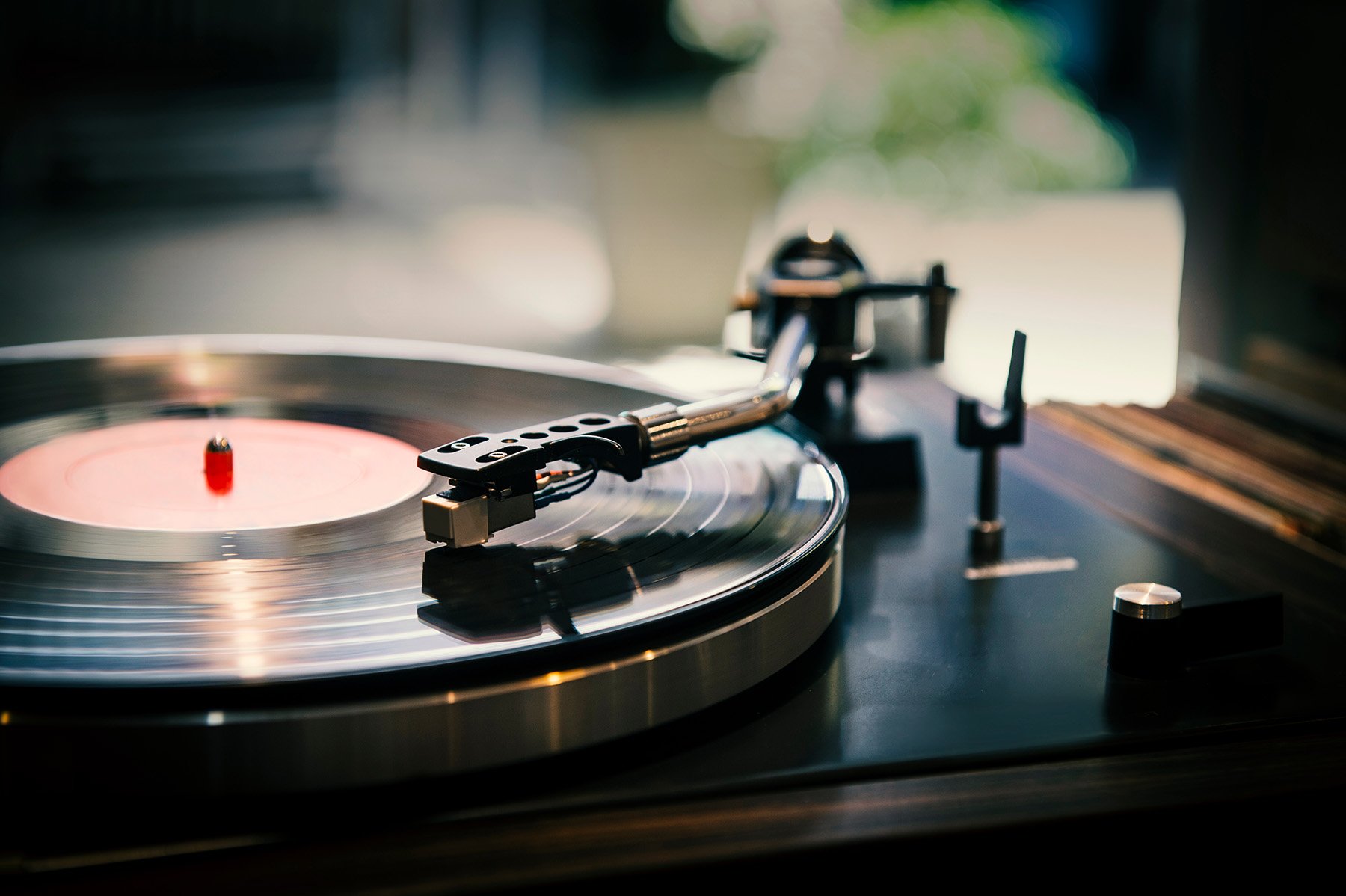In the past, turntables were a very popular accessory in households. Although they started to disappear at one time, today it is just the opposite, and turntables have been gaining popularity. You can choose from a large selection of different models – modern or vintage pieces. From those more as well as less demanding to use.
Setting up the turntable
Not every type of turntable is adjustable in all aspects. Some of the cheaper models are even stripped of the adjustment function just to preserve the user's comfort.
A correctly set turntable is not an entirely simple matter and requires a little patience and skill. More important is its connection. You can tell if your turntable is connected to the network correctly by the fact that the record is spinning. If so, you are one step closer to successful listening. First, it is essential to balance the turntable and put it in a stable horizontal position.
Placement of the turntable
The turntable is, of course, also sensitive to any shock. In any case, check that it does not pick up unwanted vibrations. Even a neighbour's washing machine or the stamping of feet can cause unwanted skipping of the record.
At the very least, make sure that the surface on which the turntable is placed is level. If you want to avoid ambient vibrations, it's also a good idea to place the turntable on a table or shelf away from the wall. A carpet on the floor will also help to dampen ambient vibrations.
Equally important is setting the vertical tracking angle. This is the height adjustment of the arm parallel to the record. Be careful because not all turntables allow this setting.
Connecting and fitting the cartridge
If you own a turntable with a detachable head shell, remove the head shell from the tonearm. Remove the stylus and cover from the cartridge to avoid damage during handling. Then connect the wires to the connectors of the cartridge according to the colour markings.
Adjustment of "anti-skating" – moving the tonearm and cartridge to the centre of the record
During playback, a centripetal force is applied to the record, which moves both the arm and the cartridge towards the centre of the record. The stylus thus touches more intensely the side of the groove that contains the left channel recording. It is therefore necessary to counteract this centripetal force by a proportional pull back so that the stylus is as much in the centre of the groove as possible. Otherwise, the stylus will wear more intensely and the issue will become apparent in stereo listening.
Turntable manufacturers refer to this setting as "anti-skating". In some turntables, this setting is further divided into spherical and elliptical styli, which require different force compensation – due to their shape and frictional force.
Some turntables have a manual anti-skating setting – using weights – if specified in the manual.
If you've got everything set up right, and you put the turntable on, it's very frequently the case that the sound is not ideal. The most common problem when playing a record is with high-pitched sounds. What to do about it?
The problem with high-pitched sounds
If you plug a turntable that has a built-in preamplifier into your speakers, play some music, and still aren't happy with the sound, there are a few solutions.
Pronounced high-pitched sounds or so-called "hissing and scraping" sounds can be eliminated or reduced in several ways.
The first is adding a receiver to the line-up. After restarting, the sound should clean up and deepen nicely. If the problem has been reduced, but not eliminated, you have to check the treble setting itself or correct the above-mentioned setting of the turntable itself.
Older turntables, where it is usually necessary to connect a preamplifier and a receiver, can be a bigger problem.
MUZIKER TIP:
Receiver Sony STR-DH190 is ideal for use with turntables.
If you have a problem with heigh-pitched sounds, check if you have not chosen a wrong cable. A low-quality or even too long cable can reduce high-pitched sounds and signal.
MUZIKER TIP:
Pro-Ject Connect-it Phono RCA CC is a flexible cable with low capacitance, providing low signal distortion and excellent sound.
Sound distortion
For tonearms, it is necessary to set the so-called "offset angle", which is the angle of the head shell in relation to the arm tube. The angle changes in relation to the length of the arm. This deviation occurs during reproduction and is responsible for the distortion of the sound and the divergence of the signal of the two channels, even by a few milliseconds.
The best known is the Baerwald, Loefgren and Stevenson setup, named after the mathematicians who calculated the bias and proposed these solutions. This setting is related to the overlap setting (called overhang) and the null points setting of the IEC standard, which is the standard that determines the beginning and end of a turntable recording.
Cracking and skipping of a vinyl record
Do you have records at home that seem to crackle, skip or play distorted? Most of these problems can be solved easily. Minor cracking can be caused by static electricity causing dust to get into the grooves of the record.
There are two possible culprits for the more pronounced skipping: a lesser quality record or the turntable's settings. The latter problem is more common.

Does the vinyl always skip in the same place?
If so, it's probably a vinyl record defect. Try playing the record on a different turntable, and if the sound is better, again you need to look at the turntable settings. Record skipping is most often caused by two important parts of the turntable – the tonearm and the needle:
Tonearm: flawless contact between the needle and the vinyl record is key. Try to adjust the weight of the arm so that the cartridge presses the vinyl with the optimal weight. The adjusting process varies according to the type of turntable, so it is better to read the manual of the turntable itself.
Stylus: a common cause of poor sound quality is a dusty and worn stylus. However, do not touch the needle when checking it. Use an anti-static brush or a soft brush for cleaning.
Lower-end turntables are generally more prone to skipping records. In addition to not having adjustable arms, they may not be able to handle playing newer, louder records.
Source of the problem - vinyl
Although the most common problem with turntables is their setup, but you are sure of the quality of your turntable, turn your attention directly to the vinyl record. This is because it too can be a frequent culprit of poor sound quality. It's always worth checking the record.
Warped vinyl
The cause of warping of a vinyl record is high temperature or pressure. This is usually a manufacturing defect or unreliable delivery. In both cases, you have no choice but to replace the record with a functional piece. It is very difficult to straighten warped vinyl.
Dust and dirt
If you want to remove dust and dirt from the vinyl record, use a soft brush or an antistatic brush. It is affordable even for average consumers. If you are a more demanding listener, we recommend investing in a specialized record cleaner.
MUZIKER TIP:
Give your turntable and records the ultimate luxury. Check out LP cleaning kits.
As you can see, most problems can be solved quickly, and although it may cost you some time and patience, the perfect sound of a turntable and a vinyl record is the best reward.
 Musical Instruments
Musical Instruments



 Water Sports
Water Sports




 lt
lt


